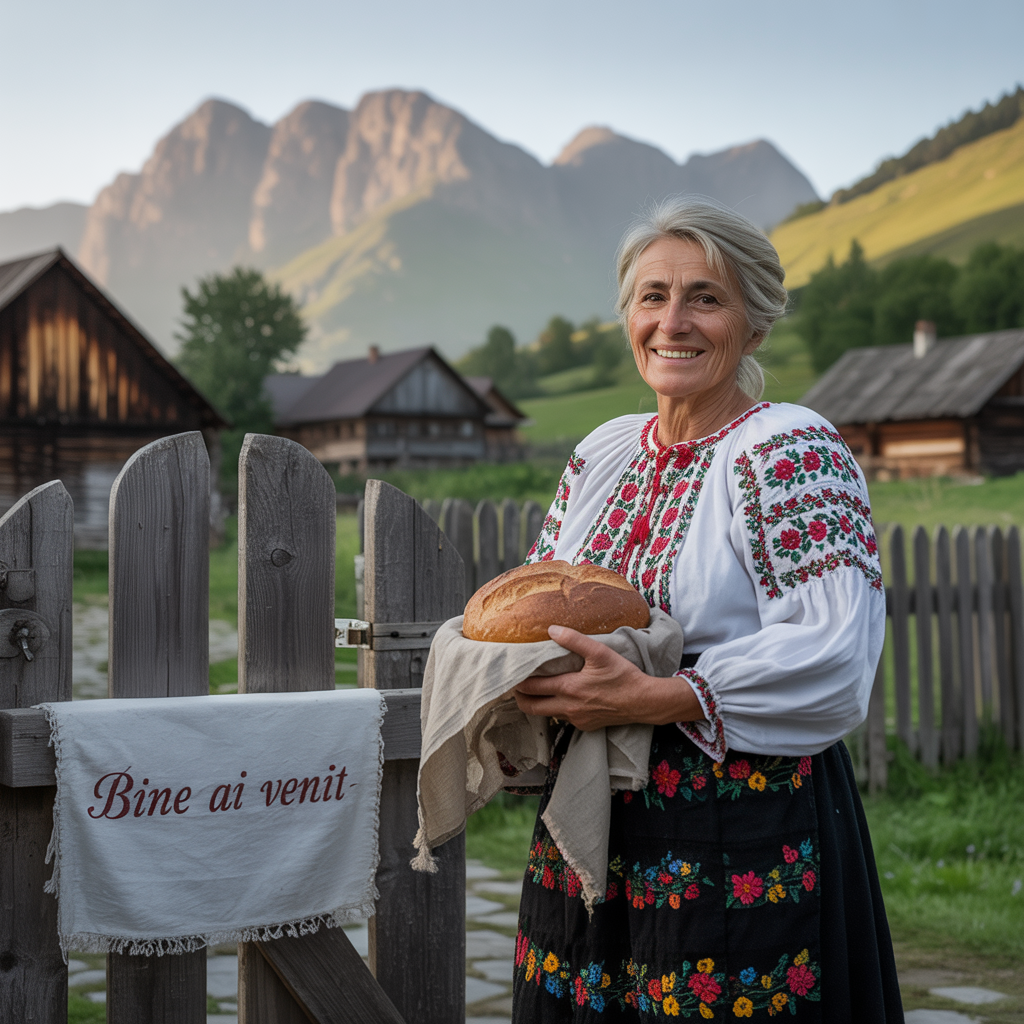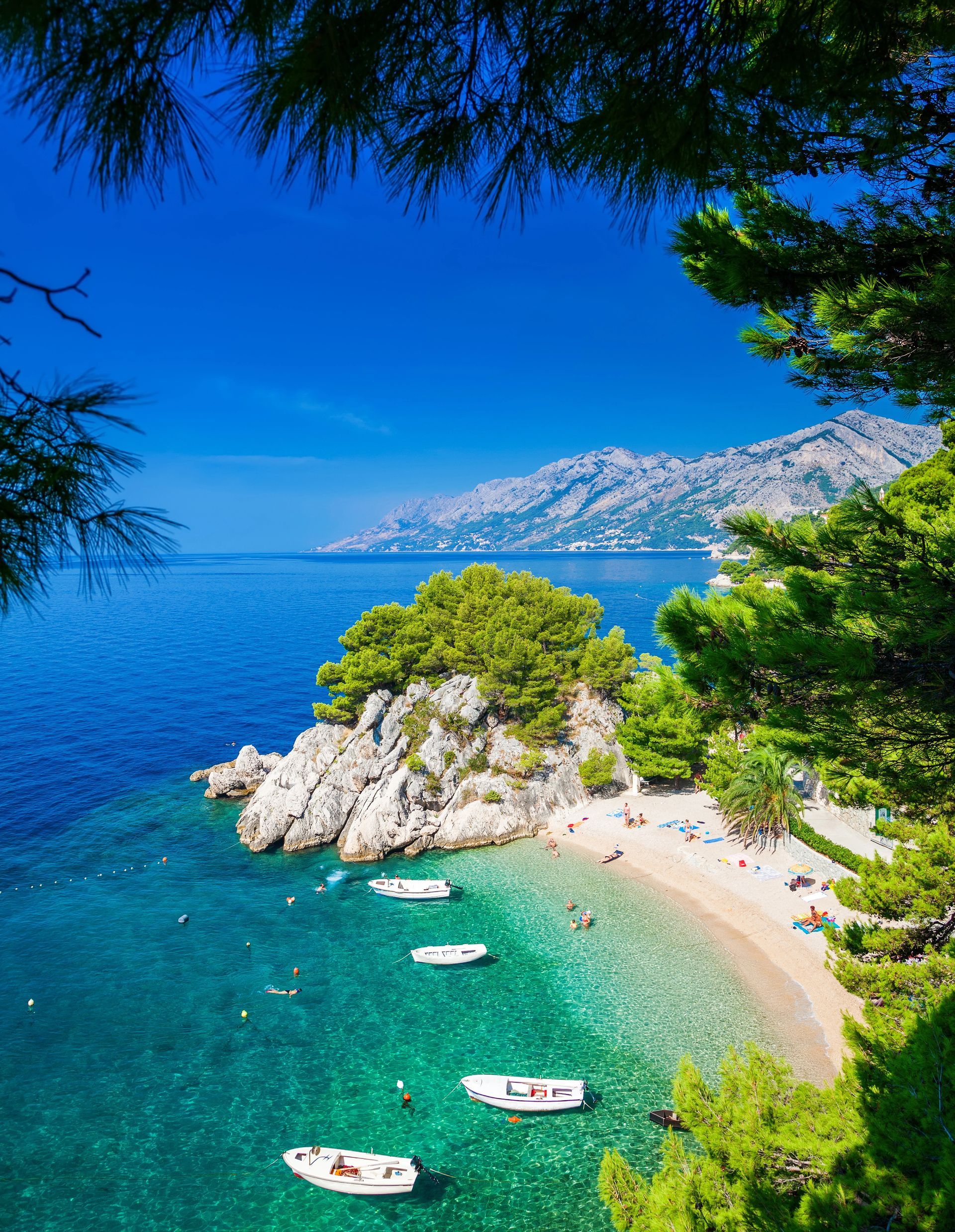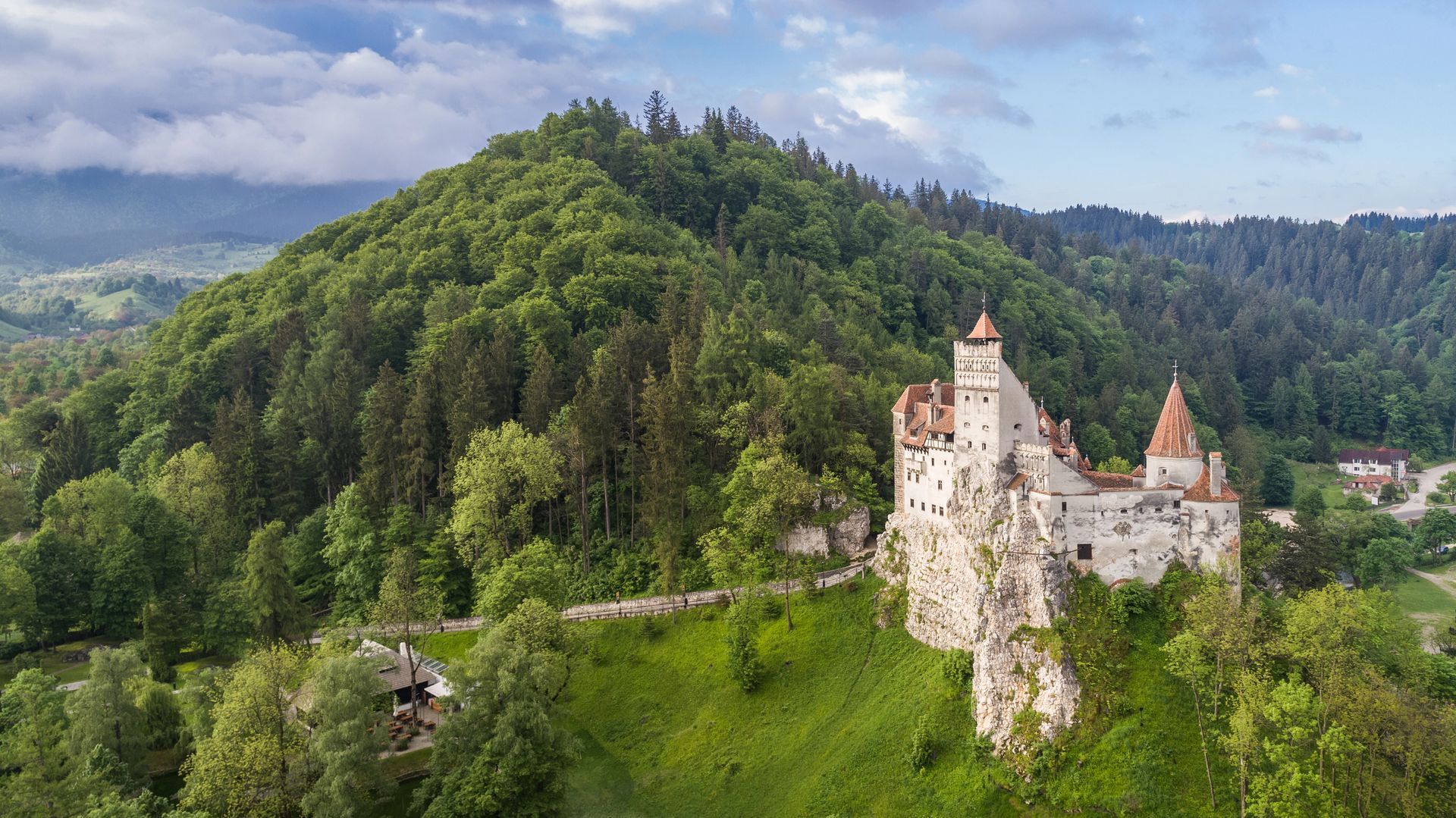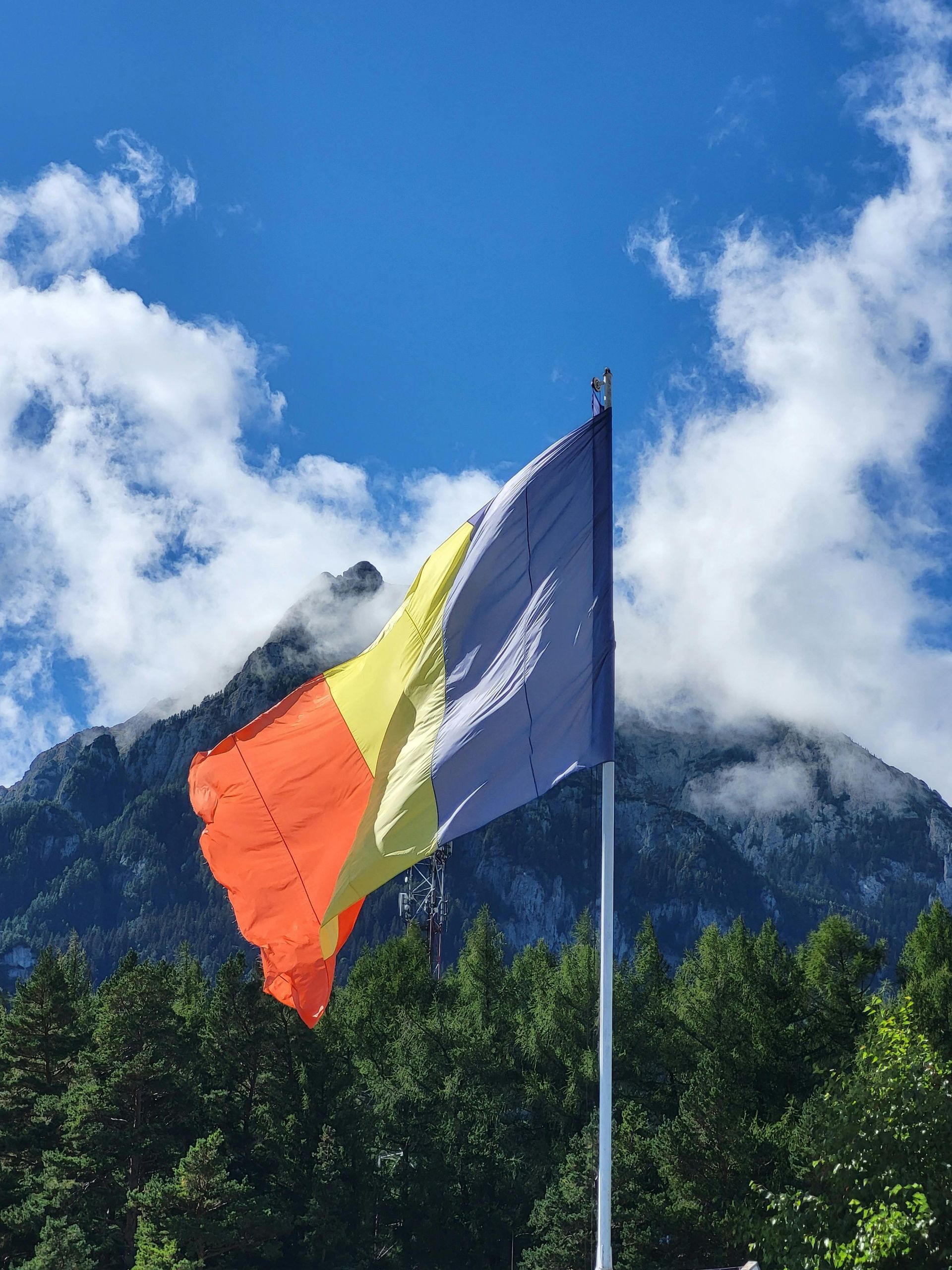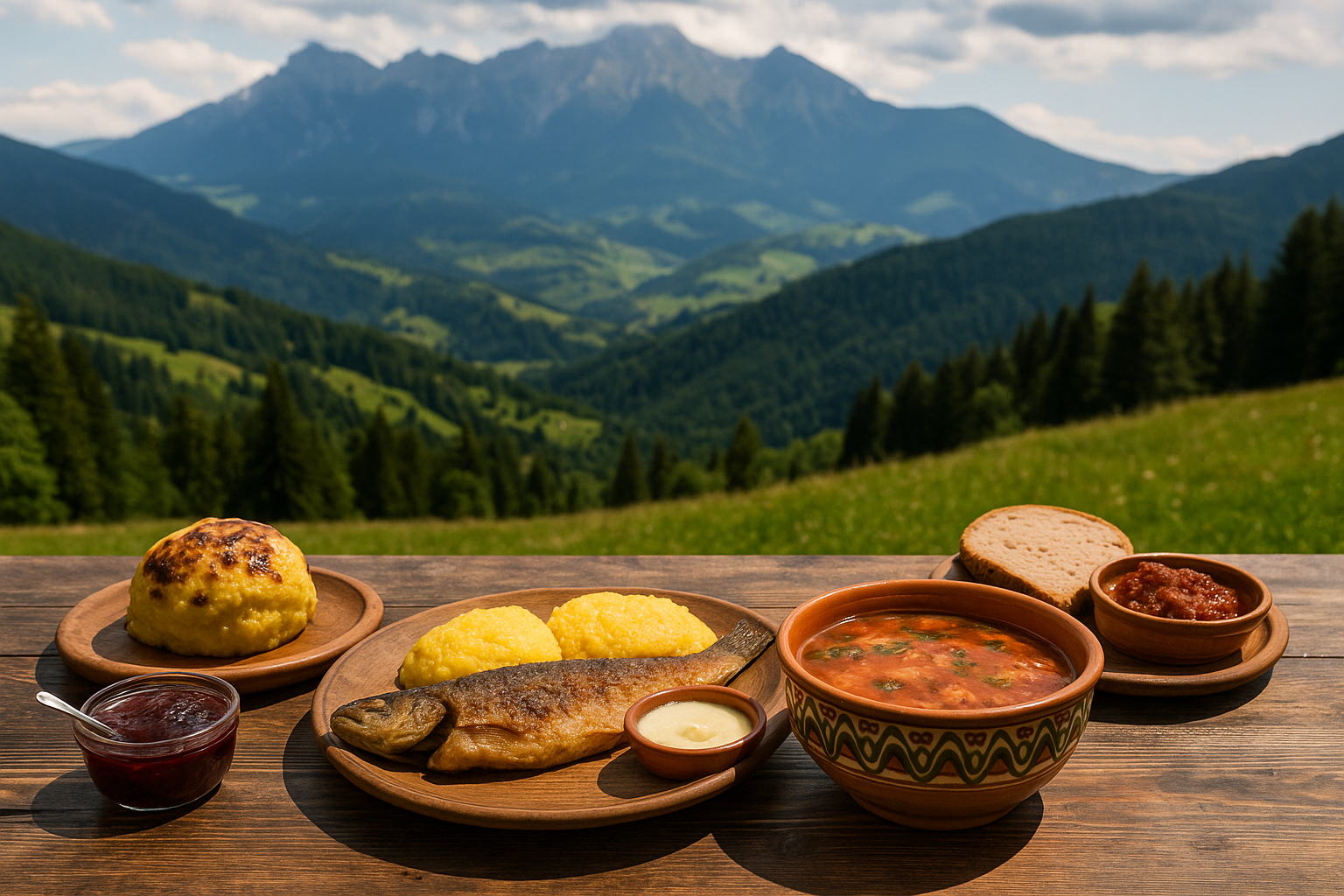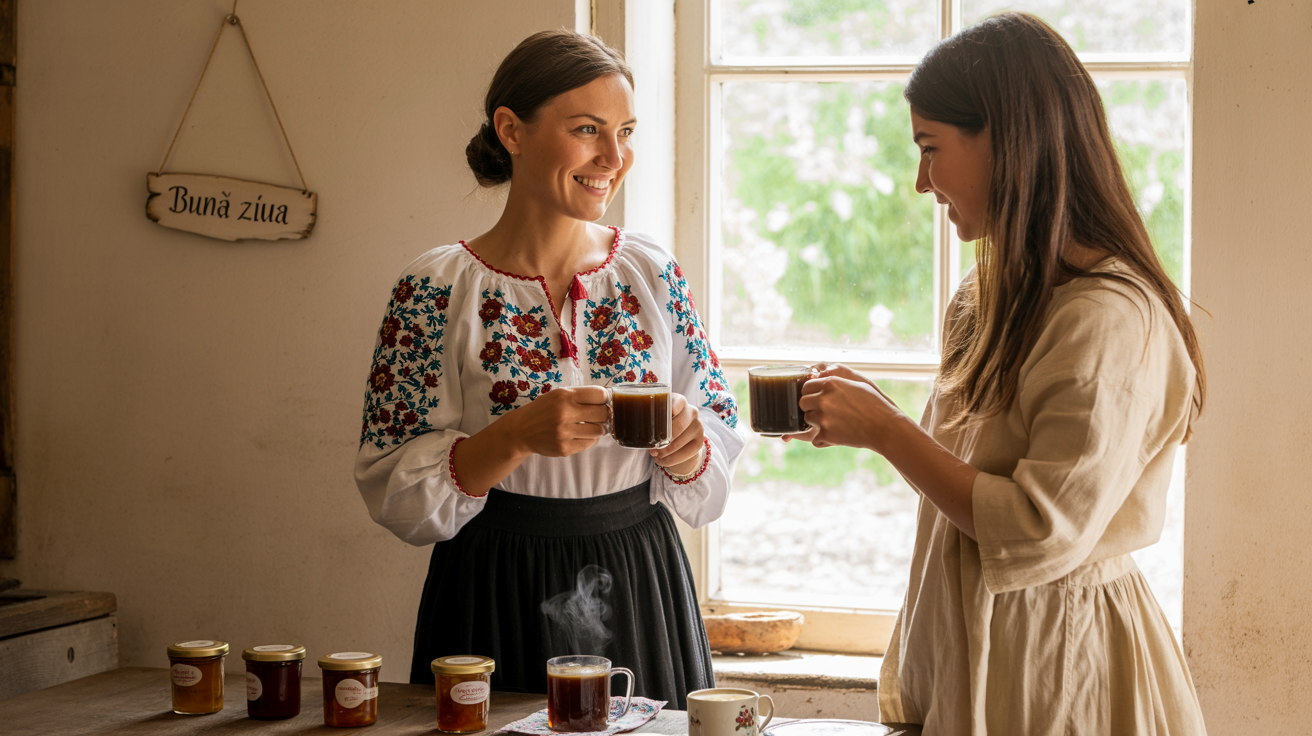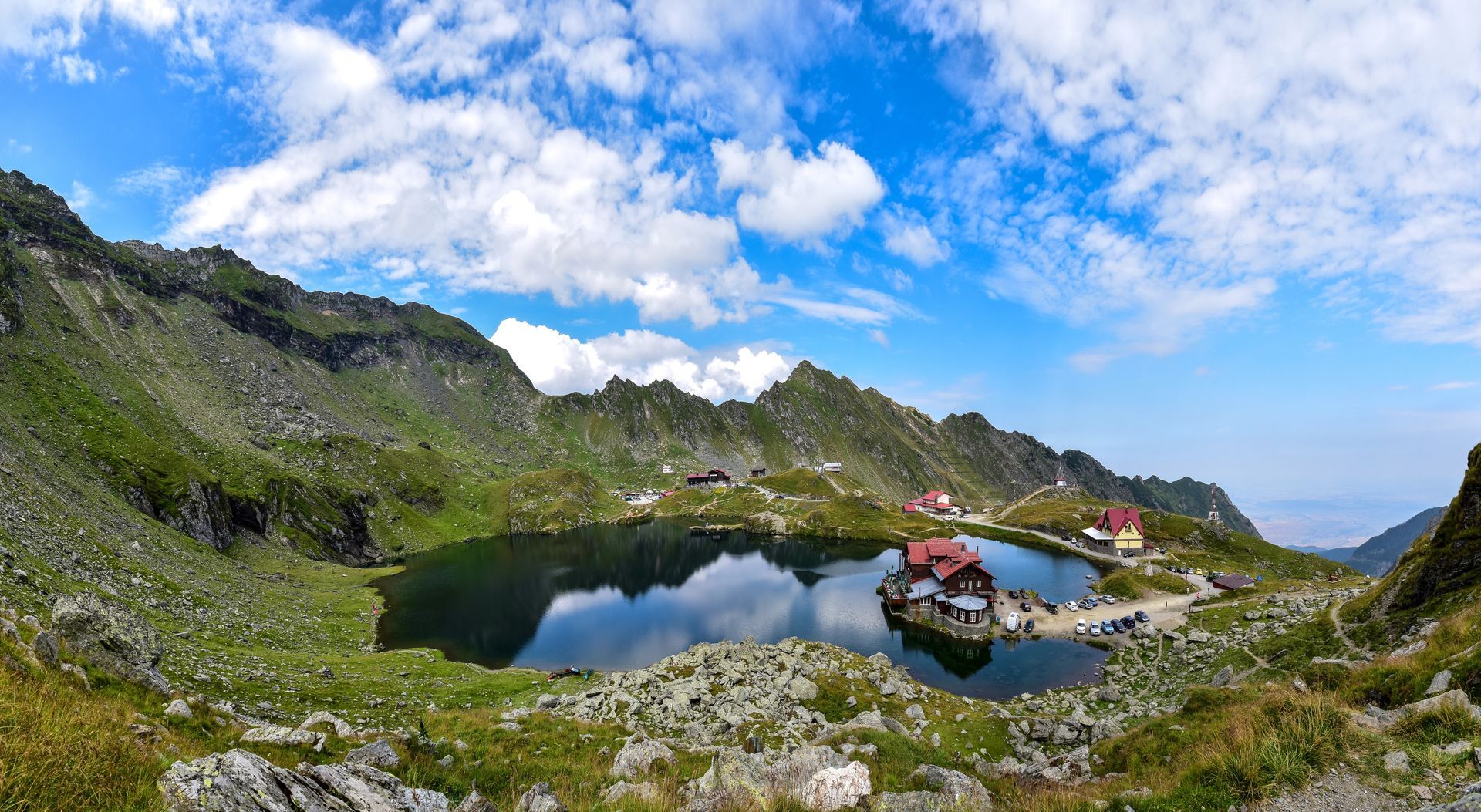What to eat and where to stop along Romania’s most scenic mountain routes — from Bran and Rucar to Transfagarasan and Transalpina.
Hiking in Romania isn’t just about wild views and winding trails — it’s also about what’s waiting for you at the end of the path: smoked meats, aged cheese, fresh trout, sour soups, and homemade jam.
This guide reveals what you can actually eat along your mountain journey — where to find it, how to order it, and what’s worth tasting from Bran to Transalpina. All traditional, all rooted in the land.
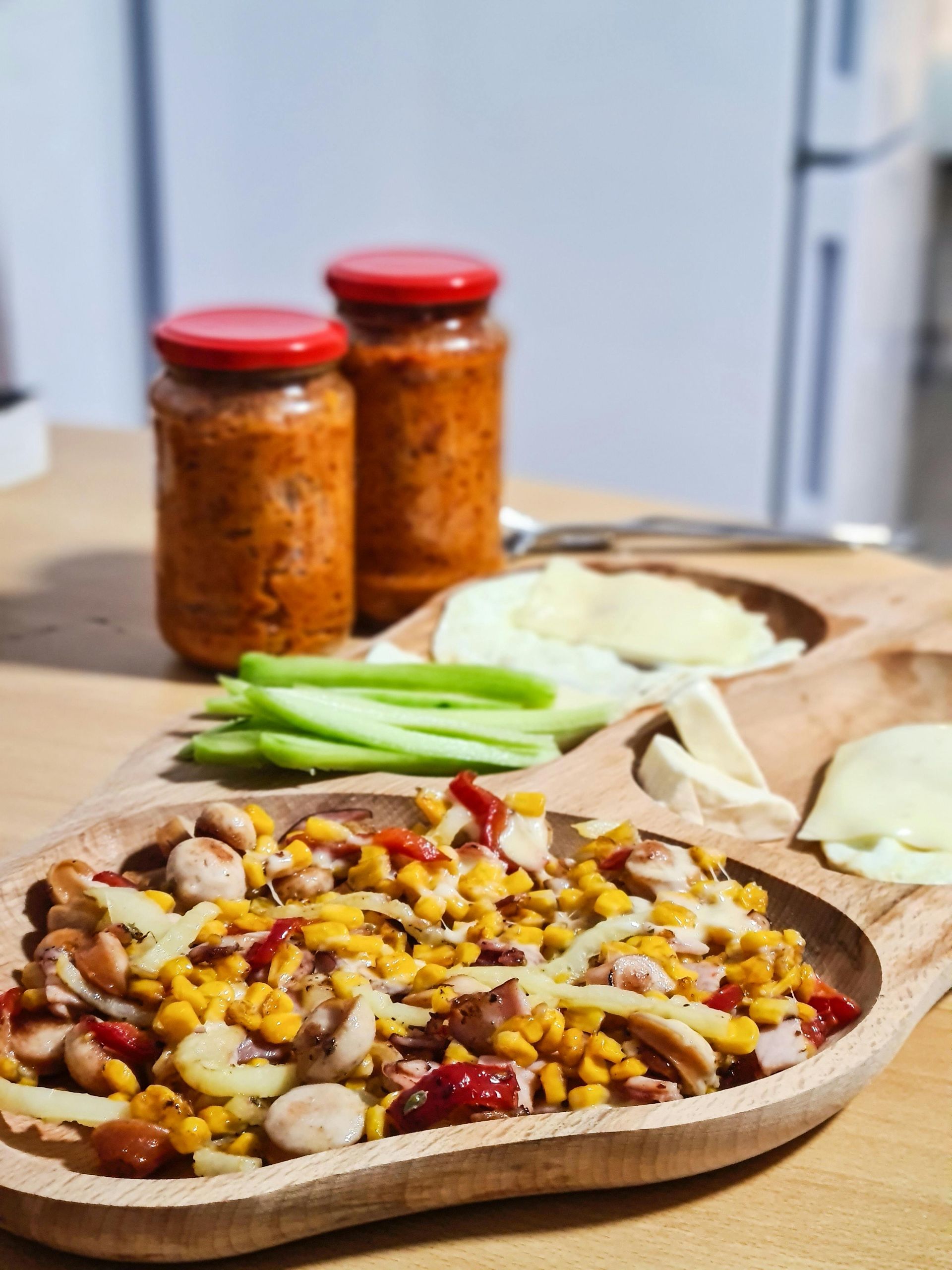
Rucar–Bran Corridor: Cheese, Fire, and Mountain Simplicity
The The Rucar–Bran area is shaped by shepherd life. The hills are dotted with stane — simple huts where cheese is made daily, over fire and with tradition. Guesthouses in Fundata, Sirnea or Dambovicioara often serve food straight from the surrounding fields.
What to Eat:
- Bulz – Polenta filled with salty sheep’s cheese (branza de burduf), wrapped and grilled over flame. Smoky, rich, and rustic.
- Pastrav prajit – Pan-fried trout, caught from mountain streams, served with garlic sauce and mamaliga.
- Zacusca – A smoky eggplant spread eaten with bread, often homemade from the host’s garden.
- Ciorba de burta – Not for everyone, but a staple: creamy tripe soup soured with vinegar and spiced with garlic.
Where to Eat:
- Guesthouses in Sirnea and Rucar: like Pensiunea Doi Cocosi or Casa Muntelui
- Stane (Shepherd Huts): look for signs in summer — often near Fundata and Dealul Sasului
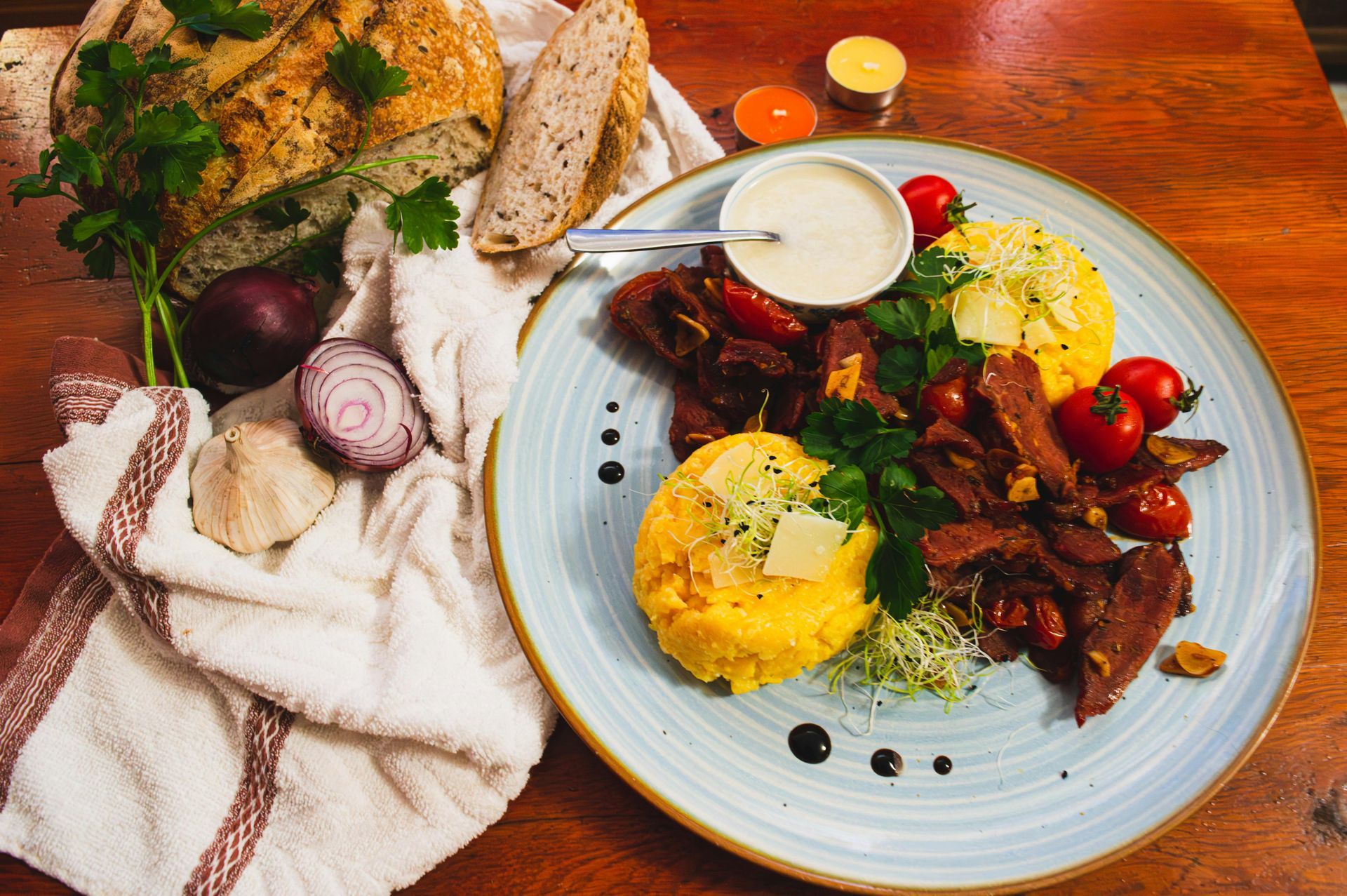
Transfagarasan & Balea Lake: Chalet Soups & Comfort on a Plate
This dramatic alpine road climbs over 2,000 m through the Fagaras Mountains. And while the scenery is stunning, the food is deeply local and warming — perfect after a long hike or drive.
What to Eat:
- Ciorba de legume – Sour vegetable soup, often made fresh each day. Ask for smantana (sour cream) on the side.
- Tochitura – Chunks of pork stewed with spices, topped with a fried egg, and served with polenta and cheese.
- Mamaliga cu branza si smantana – Simple but iconic: polenta, soft cheese, and cream, often served piping hot.
- Papanasi – Cheese doughnuts fried and topped with sour cream and blueberry jam.
Where to Eat:
- Cabana Balea Lac – Best known stop at the top of the road. Warm food, stunning view.
- Pensiunea Capra or Popasul Caprioara – Great for tochitura and sweets.
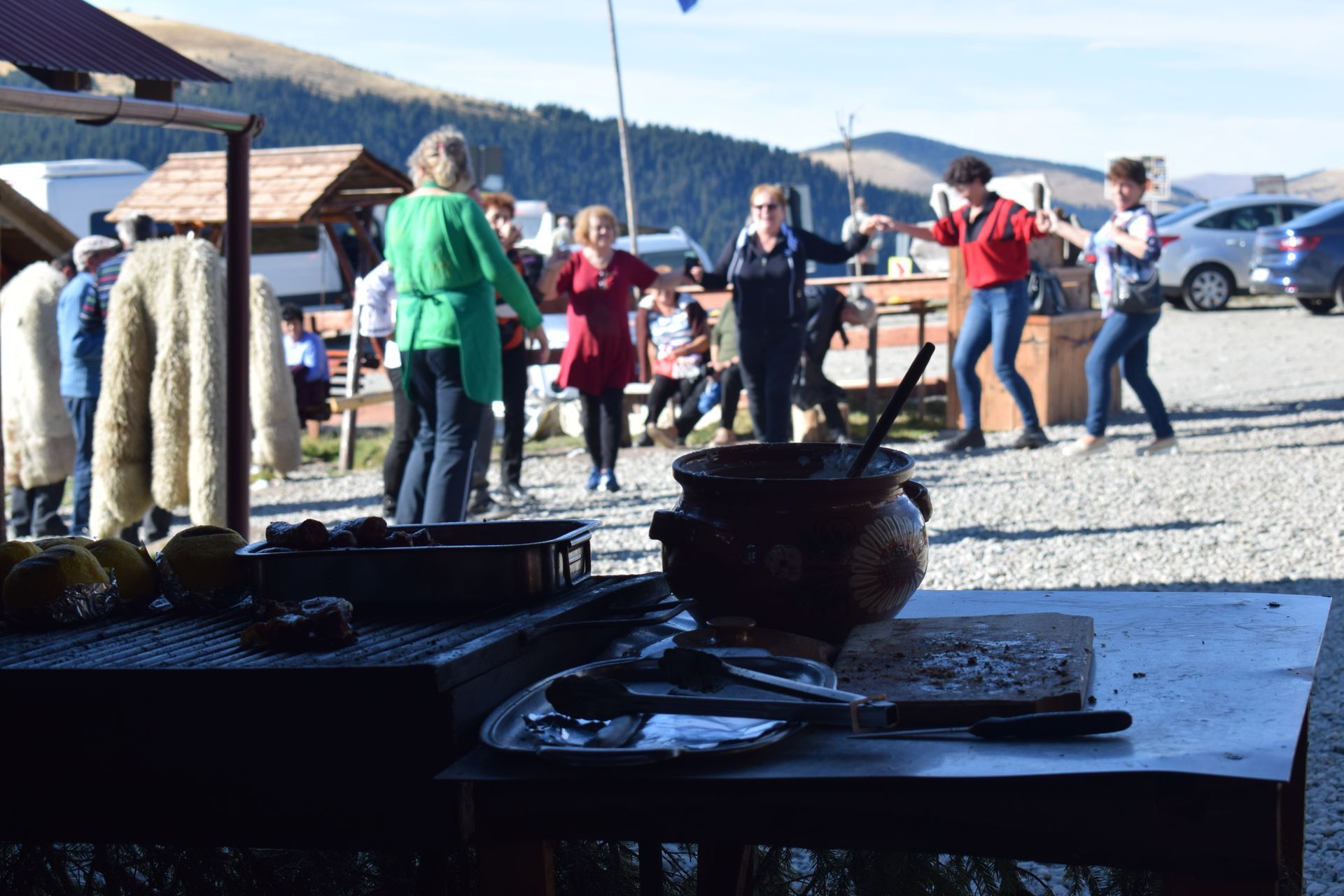
Arefu & Vidraru: Rural Stews and Vlad’s Backyard
Down the southern slope of Transfagarasan, the village of Arefu offers slower, earthier food. Expect robust stews, foraged ingredients, and plates full of flavour near the ruins of Vlad Tepes’s Poenari Fortress.
What to Eat:
- Sarmale – Cabbage rolls with pork and rice, cooked long and slow in clay pots.
- Zacusca & eggplant salad – Common breakfast spreads.
- Branza dulce cu smantana – Fresh sweet cheese with cream, served at breakfast or with jam.
Where to Eat:
- Casa Argeseana or Pensiunea Dracula — menus reflect the local pace: seasonal, homecooked, full of taste.
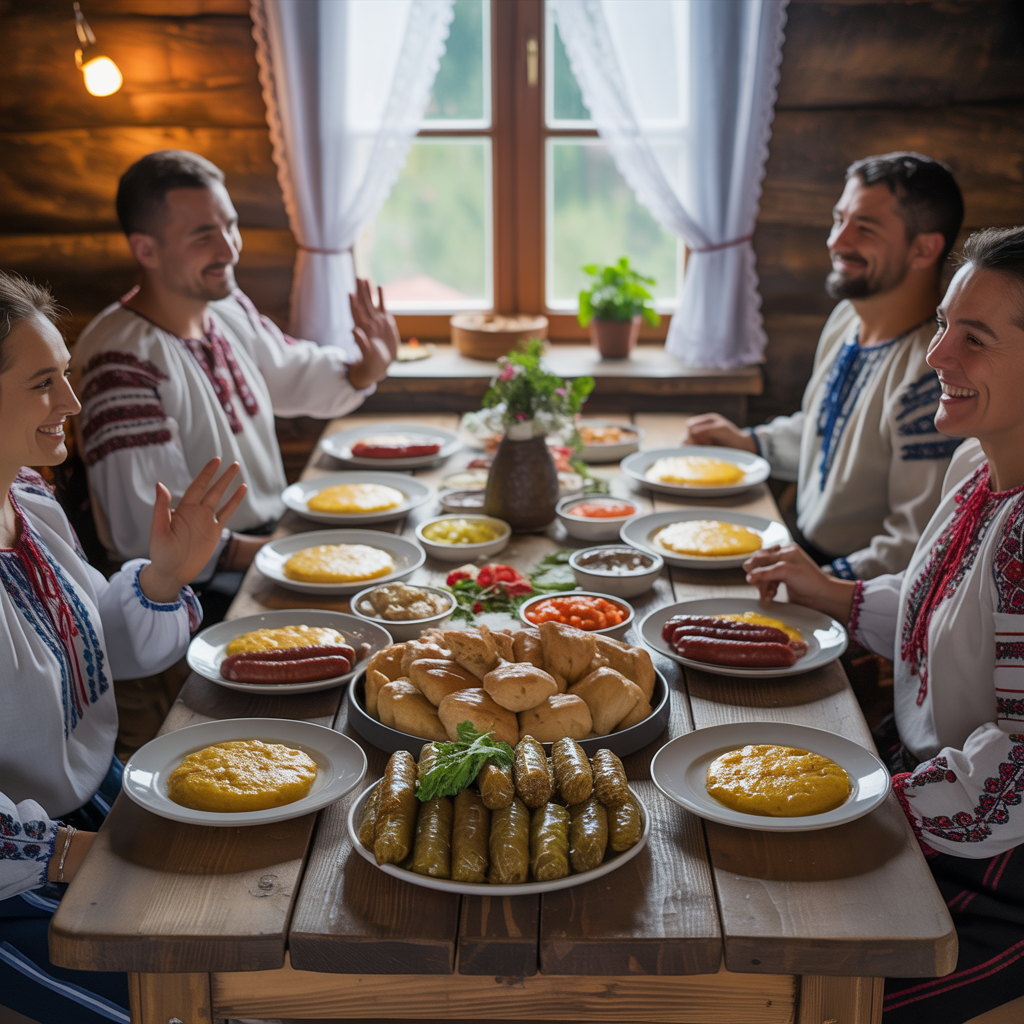
Transalpina: Food, Craft, and the Highest Road
Romania’s highest road is more than a drive — it’s a route through local food and ancient craft. The inns here serve dishes straight from the dairy and smokehouse, often in handmade Horezu pottery.
What to Eat:
- Balmos – Creamy, cheesy polenta made with butter and sheep milk. Unlike anything you’ve tried before.
- Ciorba de miel – Sour lamb soup with lovage, traditional in spring but found year-round in some spots.
- Jambon afumat – House-cured and smoked pork, thinly sliced, with pickles and mustard.
Where to Eat:
- Transalpina Ski Resort Guesthouses – Often overlooked but great for hearty food.
- Horezu Workshops & Inns – Places like Casa de sub Munte combine food, lodging, and pottery in one experience.
Don’t Miss These Drinks
- Tuica – Plum brandy, often offered free “from the house.” Say yes.
- Visinata – Sweet, sour cherry liqueur. Light and delicious with desserts.
- Socata – Elderflower lemonade, sometimes lightly fermented — refreshing and homemade.
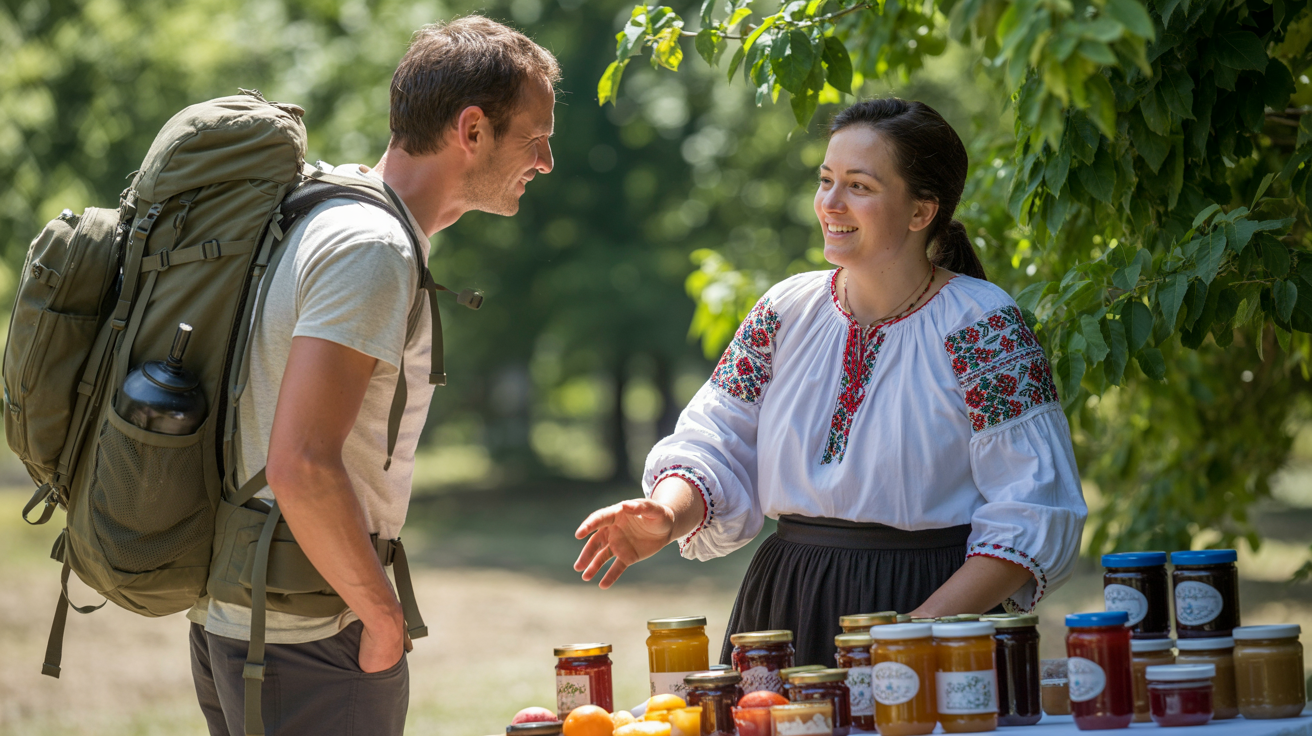
Jams, Cheese & Market Finds
Watch for stands or signs like “Produse de casa” (homemade products). You’ll find:
- Wild berry jam – Blueberries, raspberries, and blackberries from local forests.
- Branza de burduf in coaja de brad – Sheep cheese aged in pine bark.
- Honey – Often unfiltered, from mountain hives. Dark and strong.
